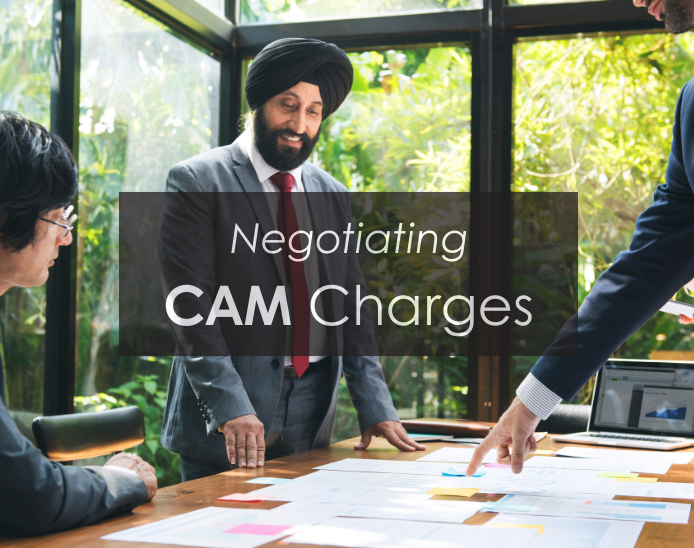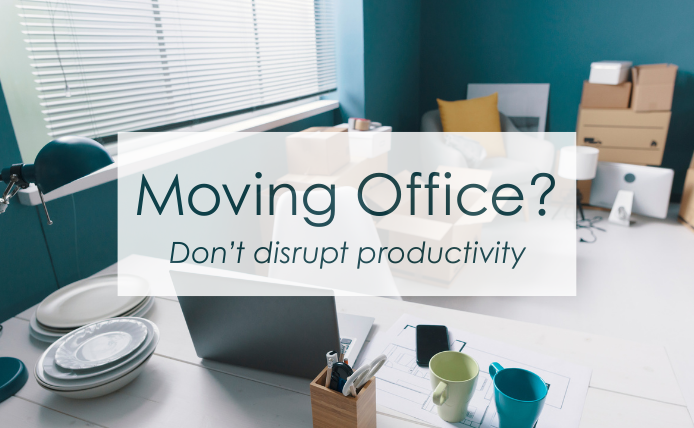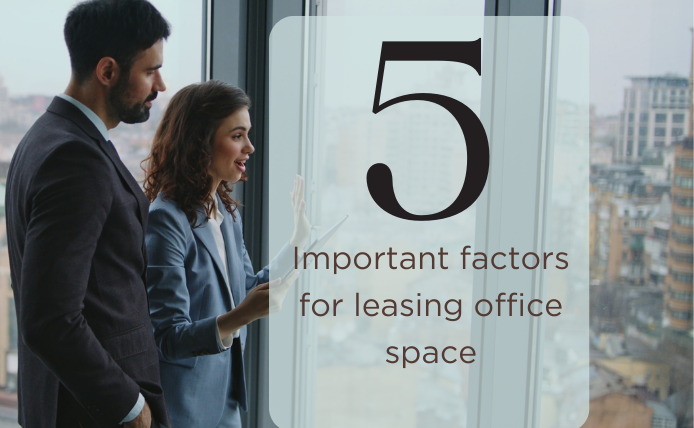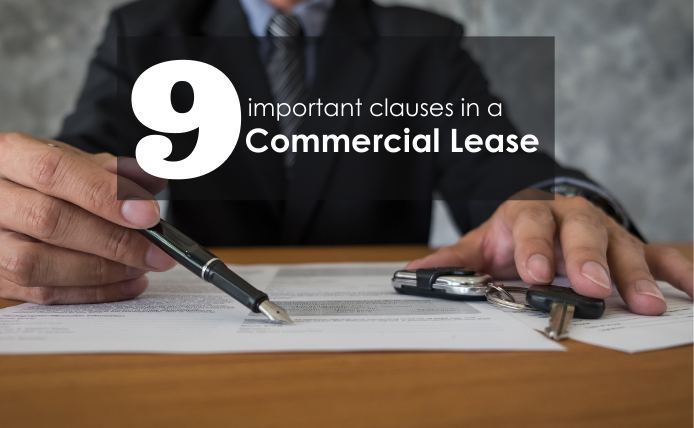Common Area Maintenance (CAM) charges can often be a hidden cost in commercial leases, causing a significant impact on your operating budget. Negotiating these charges effectively ensures your business is not overpaying for shared space expenses. Here is a step-by-step guide to understanding and negotiating CAM charges for your business.
What Are CAM Charges?
CAM charges refer to the costs associated with maintaining and managing shared areas in a commercial property. These include expenses for services such as:
- Landscaping and Maintenance: Upkeep of lawns, gardens, and other shared areas
- Security Services: Surveillance and security personnel costs
- Utilities for Common Areas: Lighting, water, and HVAC for shared spaces
- Repairs and Upgrades: Elevator maintenance, parking lot repairs, and exterior renovations
Understanding these components is the first step in managing and negotiating CAM charges effectively.
Why Negotiating CAM Charges Matters
Unmanaged CAM charges can escalate over time, cutting into your profit margins. Negotiating these costs ensures:
- Transparency in billing
- Cost predictability for budgeting
- Fair allocation of shared expenses among tenants
Steps to Negotiate CAM Charges

- Understand the CAM Breakdown: Before entering negotiations, request a detailed breakdown of CAM expenses from the landlord. Review each line item and identify areas where costs may be inflated or unnecessary.
Pro Tip: Look for charges that do not directly benefit your business, such as exclusive services for other tenants.
- Cap CAM Increases: Negotiate a cap on annual CAM charge increases. This protects your business from unexpected spikes in costs due to inflation or major repairs. Example: Propose a maximum annual increase of 3-5%.
Pro Tip: Include a clause specifying that any increase beyond the cap requires prior approval.
- Exclude Non-Essential Costs: Ensure that certain expenses are excluded from CAM charges, such as:
- Capital improvements (unless amortized over time)
- Marketing or promotional events for the property
- Costs associated with non-leased spaces.
Pro Tip: Clearly define excluded costs in the lease agreement to avoid disputes later.
- Verify Cost Sharing Proportions: Check how the landlord calculates your share of CAM charges. This is typically based on the proportion of square footage your business occupies in the property.
Pro Tip: Ensure you are not paying for vacant spaces or areas used exclusively by other tenants.
- Demand Regular Audits and Transparency: Include a clause in your lease that allows you to audit CAM charges periodically. Transparency in accounting ensures you are billed accurately for shared expenses.
Pro Tip: Request supporting documentation, such as invoices or receipts, for significant expenses.
Common CAM Pitfalls to Watch For:
- Administrative Fees: Avoid paying excessive fees for the landlord’s management of CAM.
- Double Dipping: Ensure costs are not billed under multiple categories.
- End-of-Lease Adjustments: Negotiate how CAM reconciliation will be handled at the lease’s end.
Negotiating CAM charges requires diligence, transparency, and a clear understanding of your lease agreement. By following these steps, your business can save significantly on unnecessary expenses while ensuring fair cost-sharing.
Looking for expert guidance? ANAROCK Commercial Leasing & Advisory specialises in helping businesses navigate leasing complexities, including CAM charge negotiations.






